Significance of Warkworth Castle and Hermitage
Warkworth Castle is one of the largest and most impressive castles in northern England. Part of its importance lies in its role as the chief residence of the powerful Percy family in the late Middle Ages, as well as the exceptional architectural quality of its late 14th-century great tower.
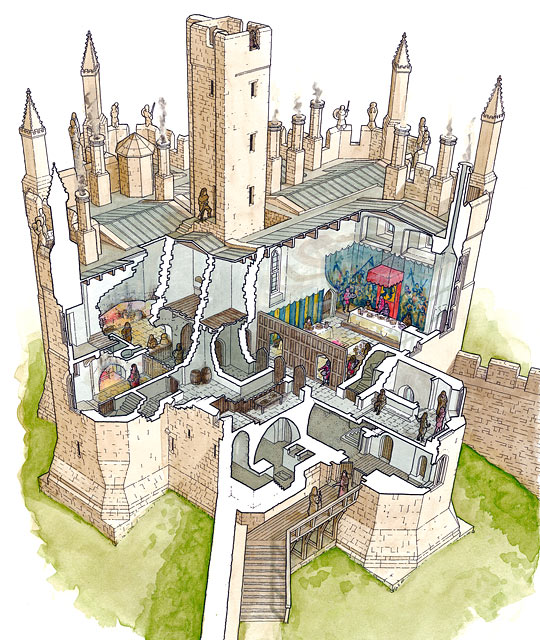
Architectural Importance
The great tower, commissioned by the 1st Earl of Northumberland after 1377, is a masterpiece of medieval English architecture. A brilliant piece of three-dimensional design, it incorporates different sizes and heights of chamber, all interconnected by an ingenious system of wall stairs, within a regular external volume.
In many ways the great tower is characteristic of the architectural tradition of north-east England and bears comparison with several late 14th-century buildings in this region. Notable among these are the castles at Bolton, Sheriff Hutton and Gilling East in Yorkshire, as well as the domestic ranges at nearby Bamburgh Castle.
There is a compelling case for attributing the design of the great tower to the master mason of Durham Priory (now Durham Cathedral), John Lewyn.[1] But the design of the building also shows clear knowledge of the two most important architectural commissions of the late 14th century: the royal palace at Windsor Castle, Berkshire, and John of Gaunt’s great residential ranges at Kenilworth Castle, Warwickshire. The 1st Earl had close connections with Gaunt, from whom he may have received architectural drawings or borrowed craftsmen.
Anthony Salvin’s restoration work in the mid-19th century probably brought Warkworth to the attention of the leading French architect Eugène-Emmanuel Viollet-le-Duc. He copied the plans of the great tower to produce a model for an ideal country house.[2]
The Castle under the Percys
Warkworth was, in the late Middle Ages, the main residence of the Percy family, the Earls and later Dukes of Northumberland, one of the most powerful families in northern England, particularly in the border area with Scotland. While Alnwick Castle, which they bought in 1309, boasted large estates and greater prestige, Warkworth was their favourite residence.
As the Percys played an important role in the life of the court, the castle was the setting for historically significant events. These included, in the early 15th century, the conspiracy by the 1st Earl of Northumberland and his son, known as Harry Hotspur, to depose Henry IV.
The Castle and Shakespeare
Even after the castle later fell into decline, it was still sufficiently celebrated to be used by William Shakespeare as the setting for several scenes of his Henry IV plays, written in 1597.[3]
Heraldic Display
The Lion Tower, the entrance to the hall range in the bailey built in about 1480, is decorated with an elaborate display of Percy family heraldry, significant for the size, richness and quality of the decoration. As well as the lion badge of the Percy family, this includes the three fish (‘luces’) of the Lucy family, from which the Percys inherited substantial estates in the 1380s, and the portcullis of the Herbert family into which the 4th Earl of Northumberland married in 1472.
The Percy lion also appears on the north face of the great tower, symbolically indicating the location of the earl’s bedchamber, the most exclusive room in the building.
Hermitage
Warkworth Hermitage, largely carved from the steep rock above the river Coquet, is among the most elaborate medieval rock-cut chapels to survive in Britain. Others include the Chapel of St Mary Magdalene at Guy’s Cliffe, Warwickshire, rebuilt in 1423, and the Chapel of Our Lady of the Crag at Knaresborough, Yorkshire.
Warkworth Town
To the north of the castle, occupying the loop of the river, is the town of Warkworth. Few places in England preserve so strong a sense of their medieval layout. Behind the houses that line the main road extend long, narrow gardens, vestiges of the medieval property divisions.
Footnotes
1. The technical and circumstantial case for this attribution is very powerful. It is based on details of planning as well as unusual design features, such as chimney flues set in window heads. See MJB Hislop, ‘The date of the Warkworth donjon’, Archaeologia Aeliana, 5th series, 19 (1991), 79–92.
2. E Viollet-le-Duc, Lectures on Architecture, trans B Bucknall, vol 2 (London, 1881), 369–73 (accessed 13 Dec 2012).
3. Henry IV, Part 1, act 2, scene 3, and Henry IV, Part 2, act 2, scene 3.
Find out more about the castle and hermitage
-
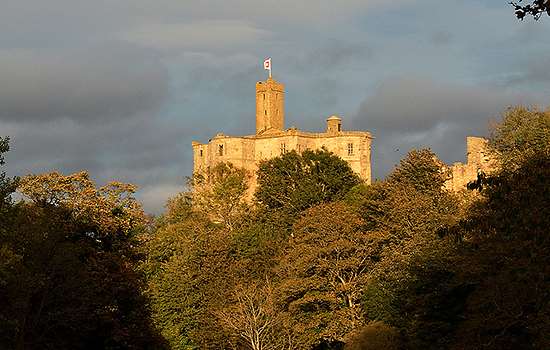
Visit Warkworth Castle
One of the most formidable castles in northern England,
-
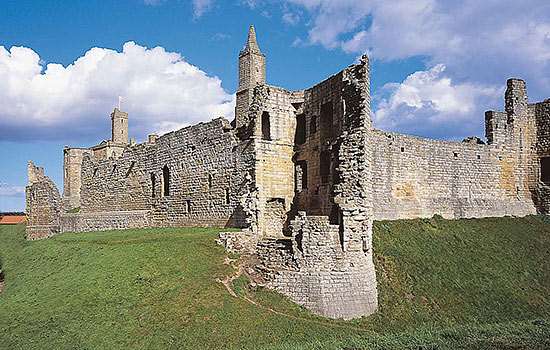
History of Warkworth Castle and Hermitage
Read more about the history of the castle and hermitage, one of the most unusual pairs of medieval monuments in Britain.
-
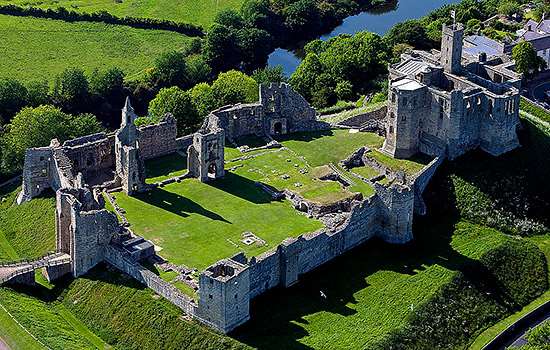
Description of Warkworth Castle and Hermitage
Occupying a naturally fortified site in a loop of the Coquet, the castle developed around two main elements – a high artificial mound and a fortified enclosure or bailey.
-
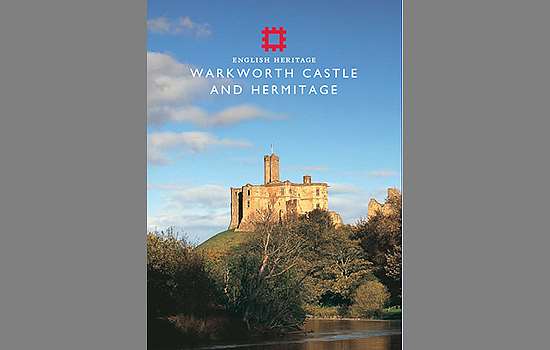
Buy the guidebook
Richly illustrated with photos, drawings and historic images, this guidebook includes a tour of the castle and hermitage and a full history of the site.
-
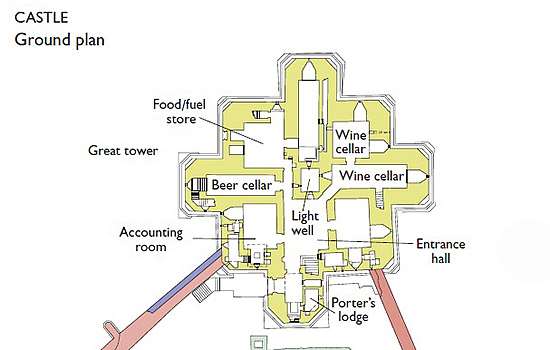
Download a plan
Download this pdf plan of Warkworth Castle to see how the castle has developed over time. Includes a three-dimensional view of the great tower.
-
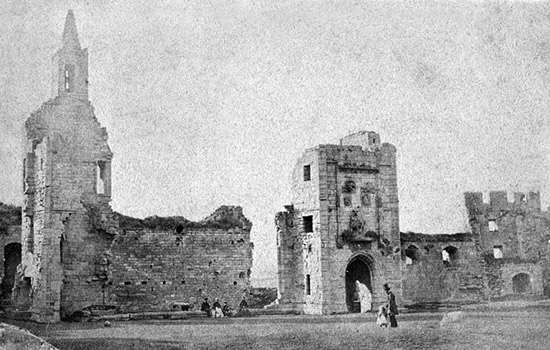
Research on Warkworth Castle and Hermitage
Though much work has been done on the great tower, there remains plenty of scope for further study of the other castle buildings, the hermitage and the castle surroundings.
-
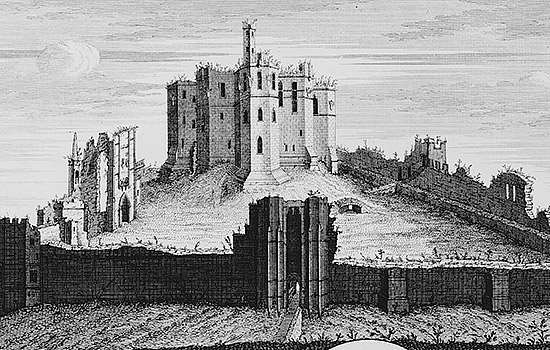
Sources for Warkworth Castle and Hermitage
A summary of the main primary and secondary sources for our knowledge and understanding of Warkworth Castle and Hermitage.
-
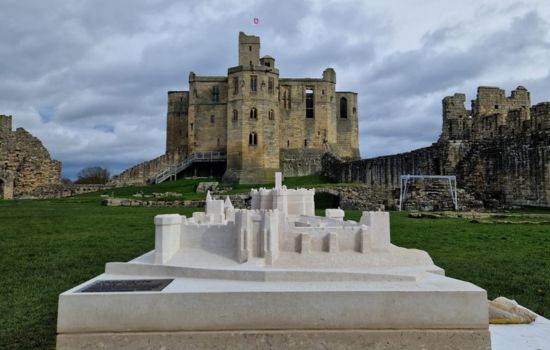
Ancient Techniques, Modern Designs
Learn how English Heritage has created two new models of Warkworth Castle to help visitors understand this complex medieval site.